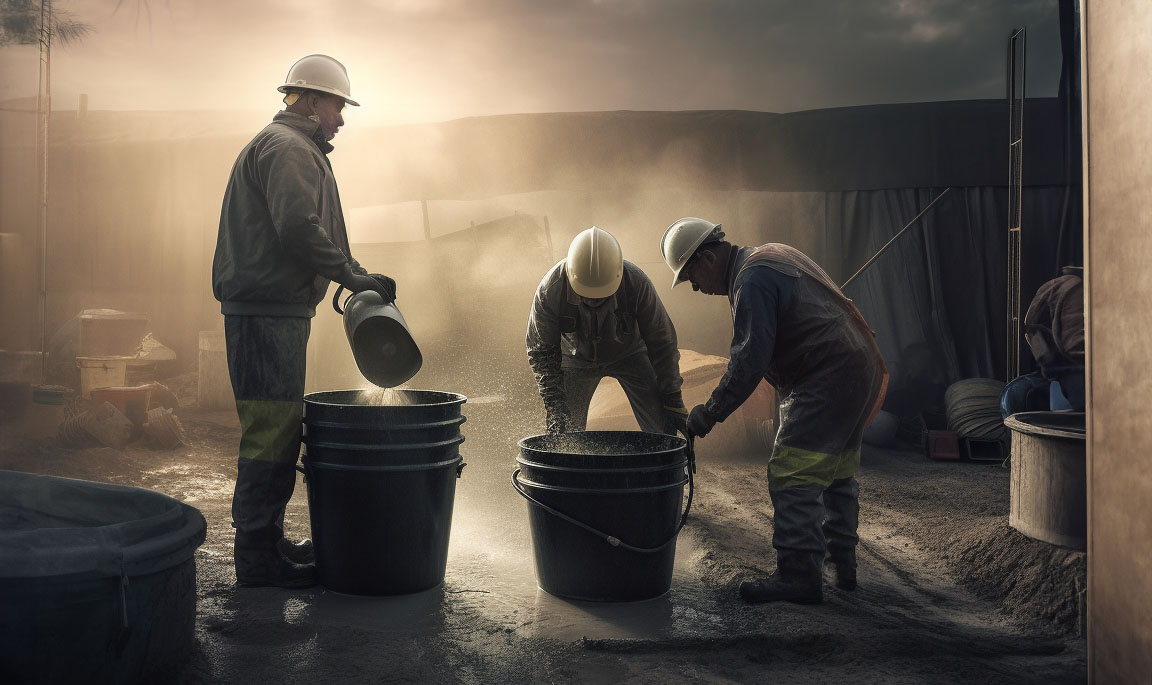Introduction
Construction sites are crazy-busy with activity and often involve the use of various hazardous chemicals. In such environments, the risk of accidental spills or exposure to harmful substances is always present. This is where the importance of a mobile safety shower becomes evident. In this blog post, we’ll explore how mobile safety showers are a vital part of maintaining safety standards at construction sites and discuss the types of chemicals against which they offer protection.
Why Mobile Safety Showers are Essential
- Immediate Response: A mobile safety shower provides immediate decontamination facilities in the event of exposure to hazardous chemicals, reducing the risk of serious injuries.
- Accessibility and Convenience: These units can be easily relocated to different parts of the construction site, ensuring accessibility at all times.
- Compliance with Safety Standards: OSHA and other regulatory bodies often mandate the availability of safety showers at workplaces handling hazardous substances.
Addressing the Confusion and Underprotection at Sites
Despite the clear guidelines and the evident need for mobile safety showers, there is a significant amount of confusion and underprotection at many construction sites. This lack of proper safety measures can be attributed to:
- Lack of Awareness: Not all site managers are fully aware of the specific regulations and the types of chemicals that necessitate the use of safety showers.
- Cost Concerns: Some sites may avoid setting up proper safety equipment due to budget constraints or the misconception that accidents are unlikely.
- Complacency: A false sense of security can lead to negligence in adhering to safety protocols.
- Inertia: Doing things like they have been done in the past, regardless of changes in regulations and standards.
Given these challenges, there’s an urgent need for increased awareness and education about workplace safety. Moreover, there are all indications that OSHA and other regulatory bodies will continue to increase enforcement of these standards to ensure worker safety.
Types of Chemicals at Construction Sites
Construction sites may involve a range of chemicals, each posing unique risks. Some common ones include:
- Solvents: Used in paints, thinners, and adhesives.
- Corrosive Substances: Such as concrete mix, lime, and cleaning agents.
- Petroleum Products: Used in machinery and vehicles.
- Pesticides and Herbicides: For landscaping and site preparation.
Using a Mobile Safety Shower: Best Practices
- Location: Place the shower in a location that is easily accessible and within 10 seconds of potential exposure areas.
- Regular Maintenance: Ensure that the shower is regularly inspected and maintained for optimal performance. See ATS’s WaterGaurd to reduce maintenance.
- Training: All site workers should be trained on how to use the shower effectively and understand the importance of immediate decontamination.
- Emergency Drills: Conduct regular drills to ensure everyone knows how to react in an emergency.
Conclusion
The presence of a mobile safety shower at a construction site is not just a compliance requirement but a critical component of a strong safety culture. By understanding the types of chemicals present and adhering to best practices in using safety showers, construction sites can significantly mitigate the risks associated with chemical exposure. With increasing regulatory focus, it’s more important than ever to ensure your site is well-equipped and compliant.
If your worksite uses any of the types of chemicals listed above, you might need one of our mobile units.

